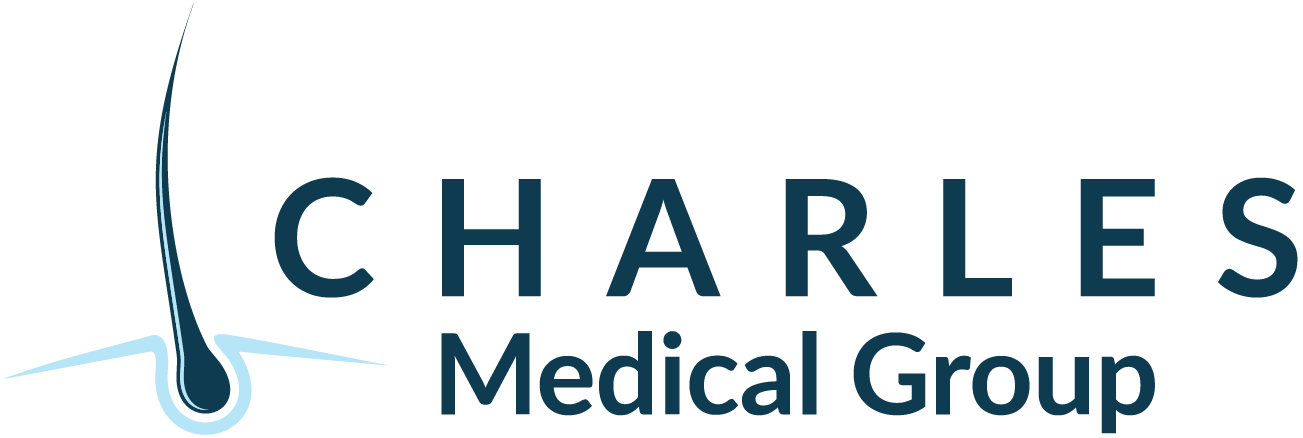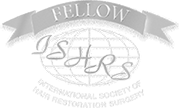Hair restoration success is not solely the result of the procedure itself, but also the quality and management of the hair transplant donor area.
This region, typically located at the back of the scalp, is where healthy hair follicles are harvested for transplantation to the thinning or balding areas. In this comprehensive guide, we will explore the importance of the donor area and how Charles Medical Group utilizes its potential to ensure outstanding hair transplant outcomes.
The Importance of a Strong Donor Area
The donor area is the foundation of any hair transplant procedure. The characteristics of the donor hair, including its density, texture, and strength, have a direct impact on the final look of the transplant. A good donor area should have a high density of healthy hair follicles, which allows for a greater number of grafts to be transplanted, resulting in a fuller appearance. Additionally, hair that is resistant to the effects of dihydrotestosterone (DHT), the hormone associated with male pattern baldness, is ideal as it ensures the longevity of the transplant results.
Advanced Techniques for Maximizing Donor Hair
At Charles Medical Group, advanced hair restoration techniques are employed to harvest donor hair with precision and care. Follicular Unit Extraction (FUE) is a popular method that involves the individual extraction of follicular units. This minimally invasive technique reduces scarring and allows for a quicker recovery. Dr. Glenn Charles also utilizes the WAW FUE System, an innovative tool that enhances the FUE process. The WAW FUE System uses a specialized trumpet-shaped punch that mimics the natural shape of the follicle, minimizing trauma to the scalp and ensuring the integrity of each extracted graft.
Ensuring Optimal Use of Donor Hair
During a hair transplant procedure, it’s crucial to use the donor hair efficiently. Dr. Charles meticulously plans the extraction pattern to ensure the donor area remains natural-looking post-procedure. The strategic placement of grafts is also essential to create a seamless and aesthetically pleasing result. By carefully determining the angle and direction of each transplanted hair, Dr. Charles achieves a look that blends naturally with the patient’s existing hair.
Post-Procedure Donor Area Care
After the hair transplant, caring for the donor area is vital for proper healing and to maximize the potential for regrowth. Patients receive detailed instructions on how to care for the donor area, including how to clean it, which activities to avoid, and which products to use. Gentle handling of the area, particularly during the initial healing phase, is important to ensure the best outcome.
Donor Hair Longevity and Regrowth
Many patients are curious about the longevity of the donor hair and its capacity for regrowth. Since donor hair is typically resistant to DHT, it remains strong and viable, maintaining the hair transplant results for many years. While the donor area does not regenerate hair that has been transplanted, the careful extraction process ensures that the area retains a full appearance.
In conclusion, the hair transplant donor area plays a pivotal role in the success of hair restoration procedures. At Charles Medical Group, Dr. Glenn Charles leverages his expertise and state-of-the-art techniques to ensure that each patient’s donor hair is used to its fullest potential. By understanding the factors that contribute to a successful transplant and following the best practices for post-procedure care, patients can look forward to natural and long-lasting hair restoration results.




